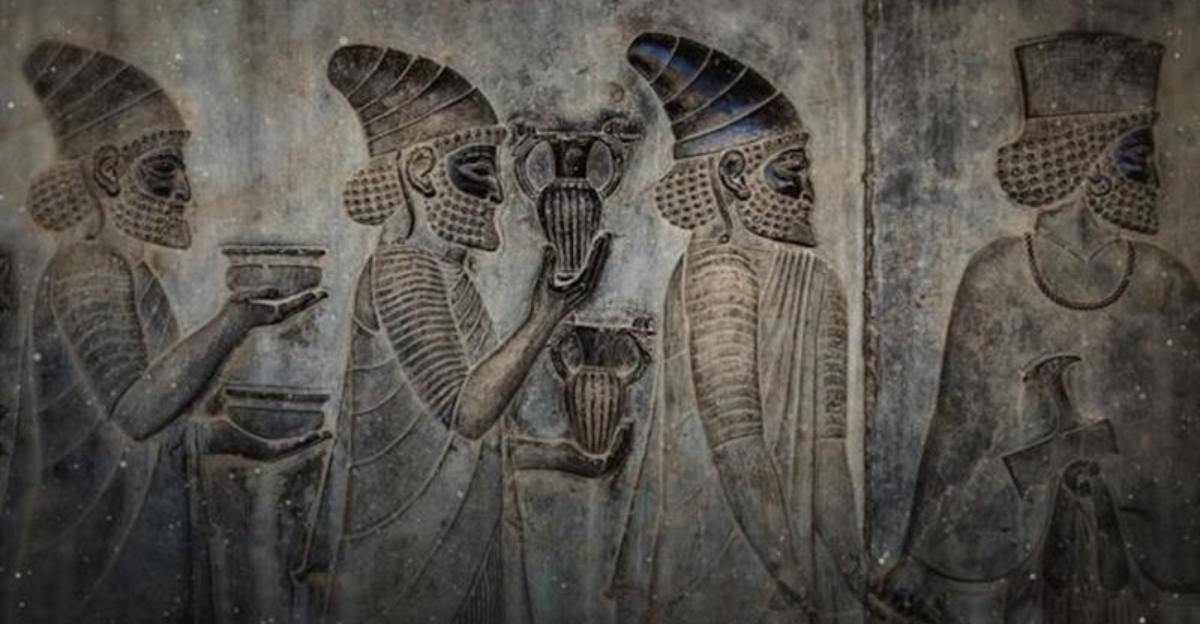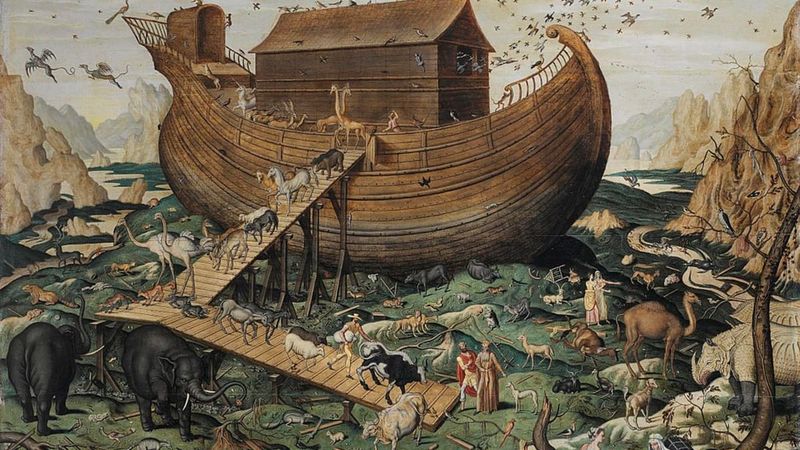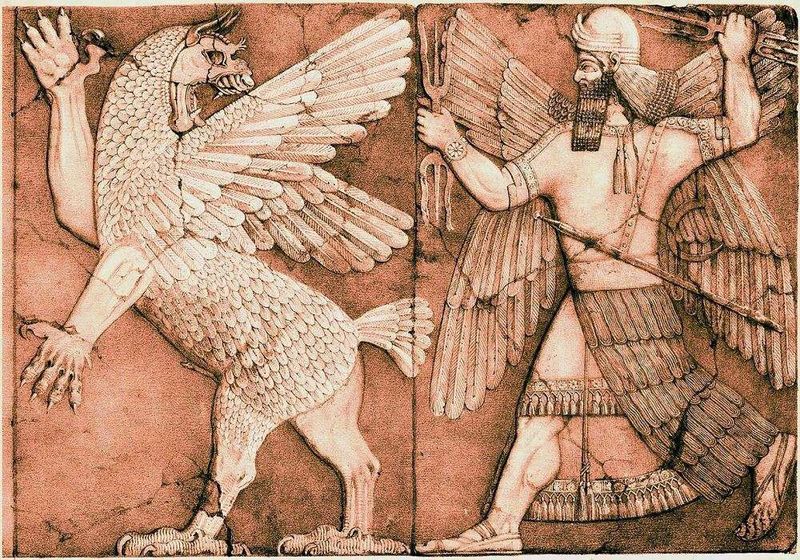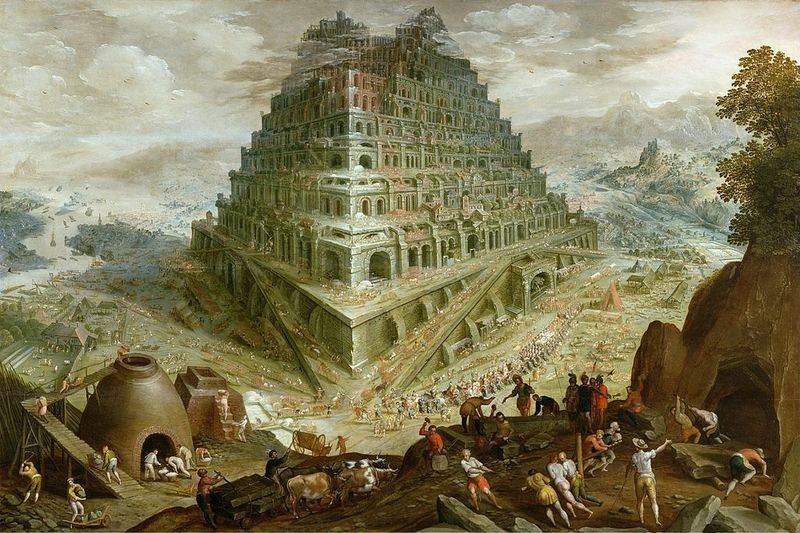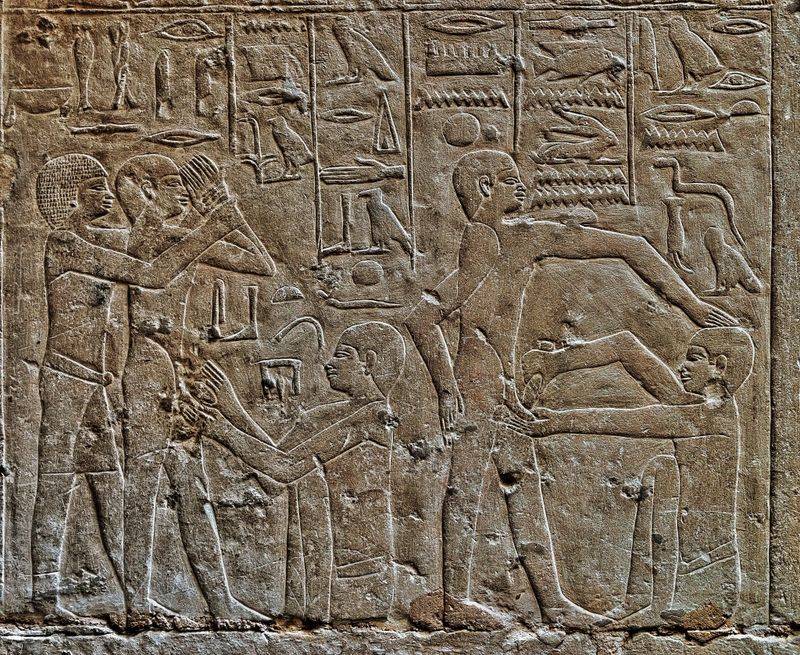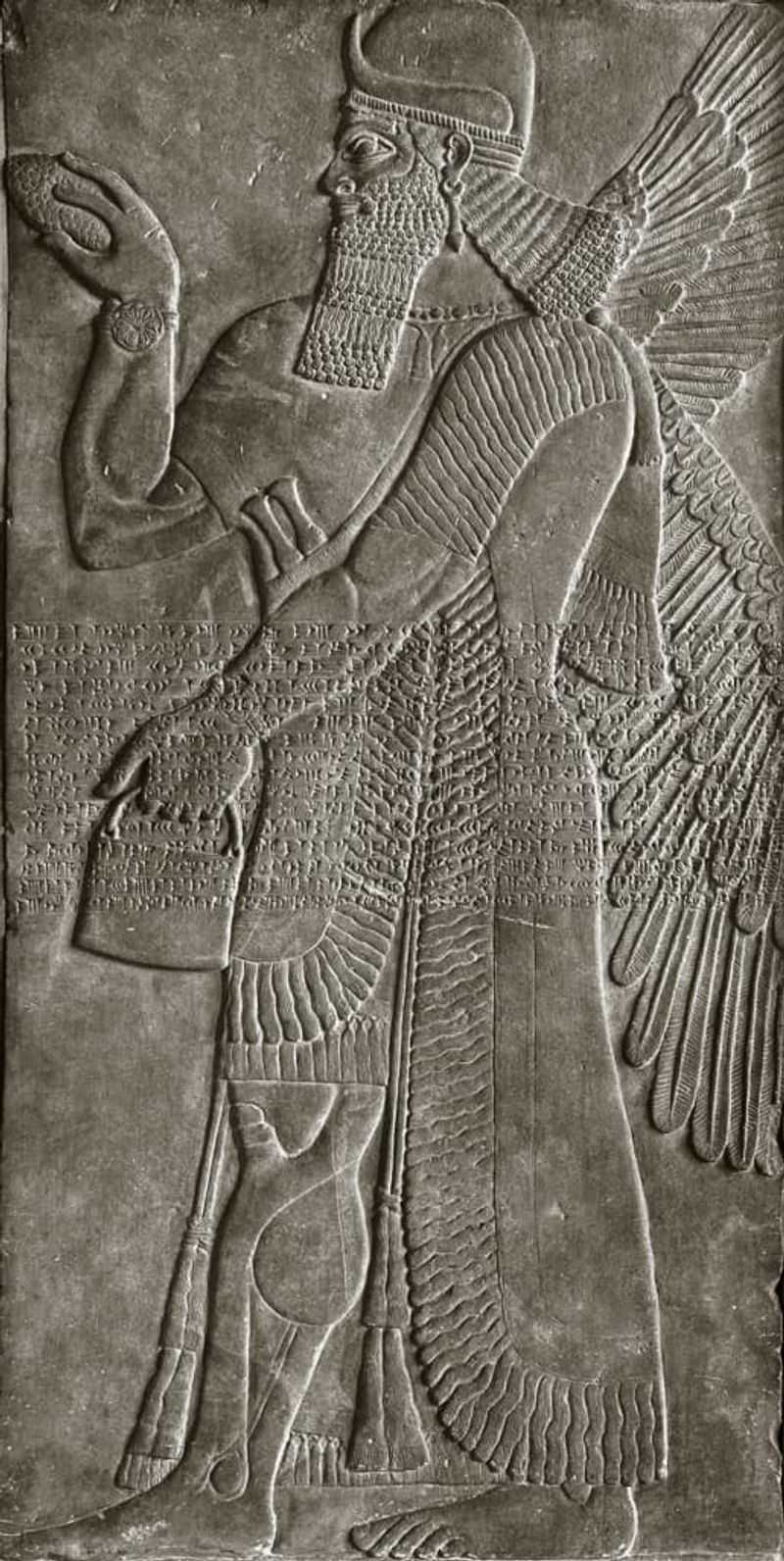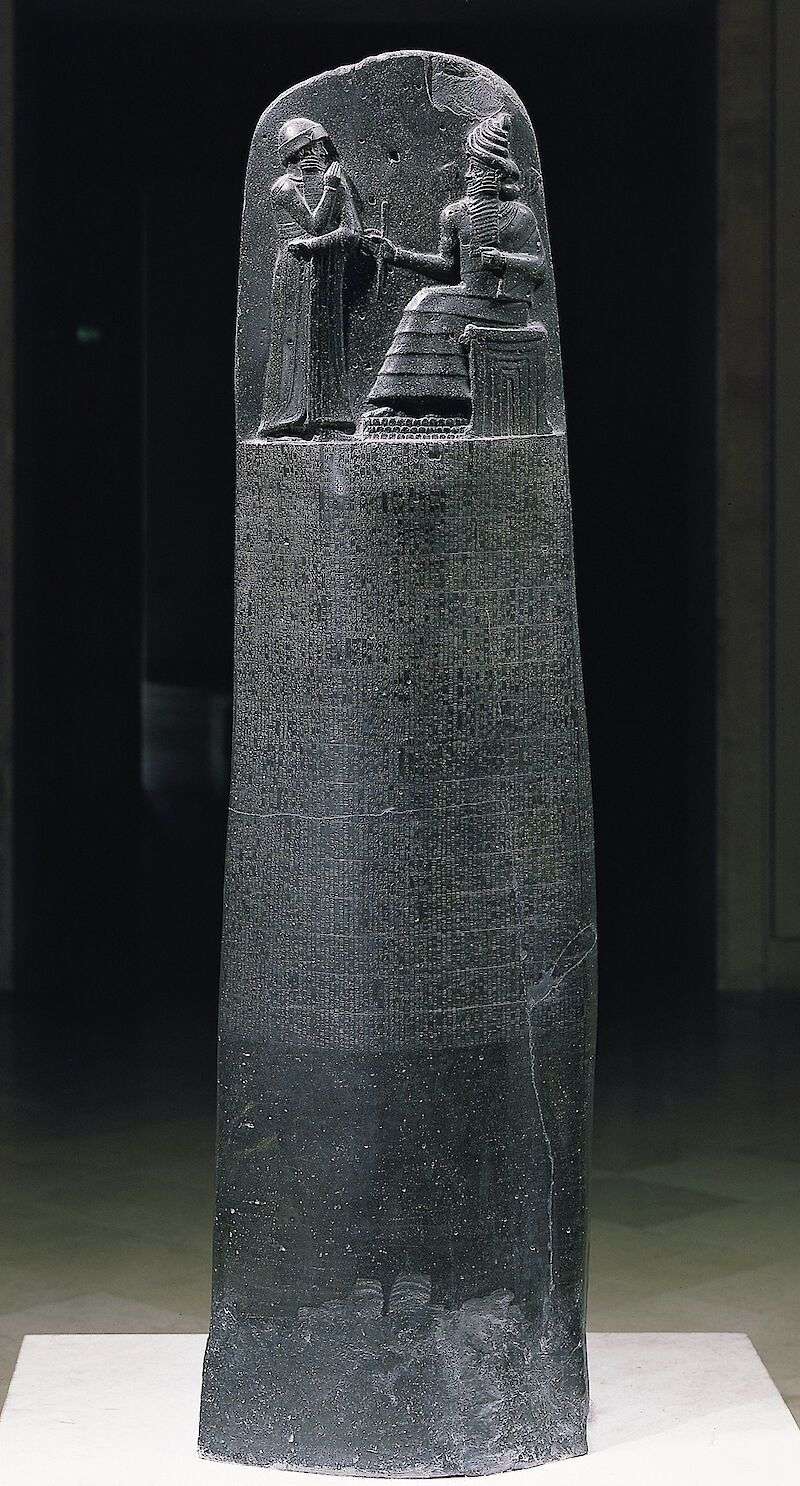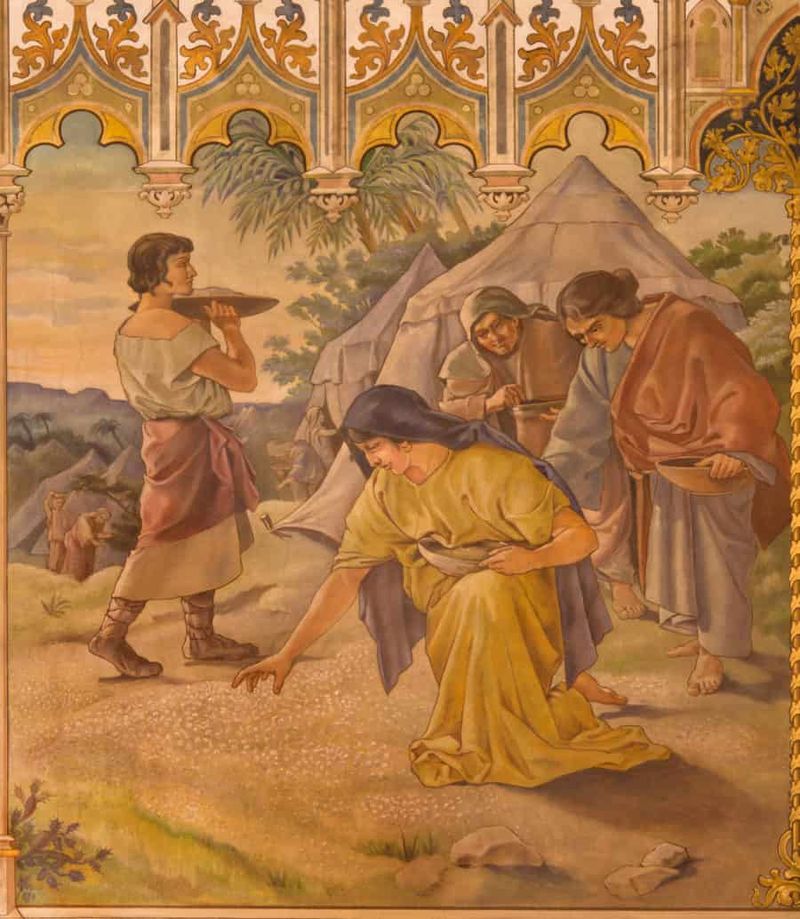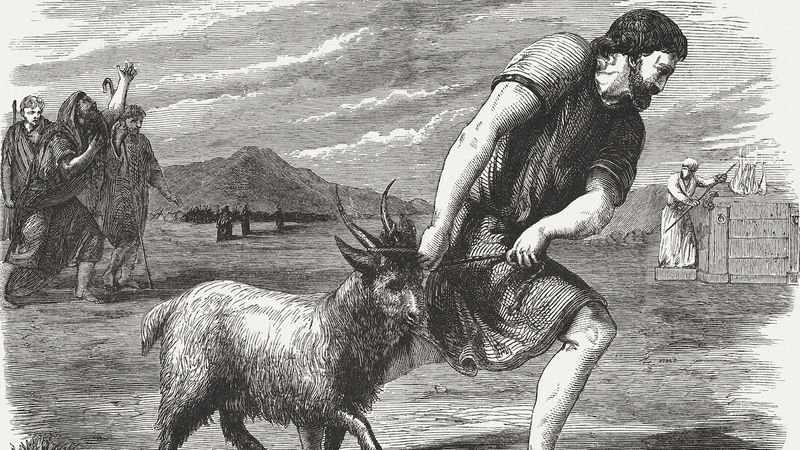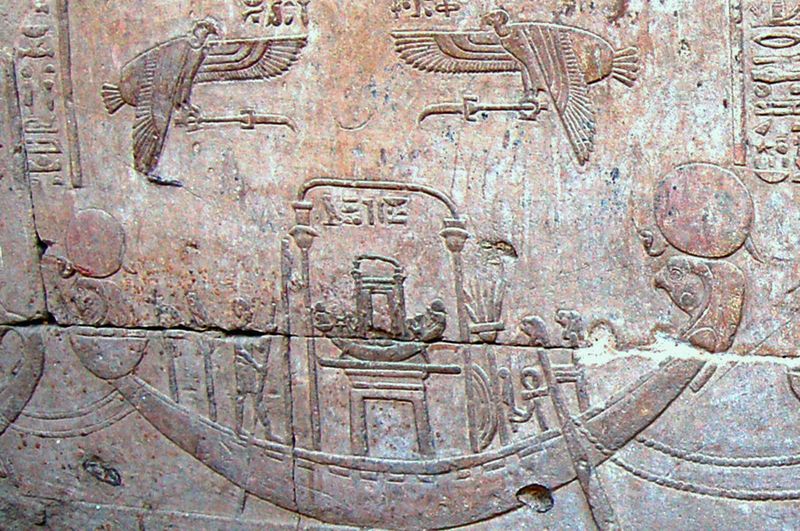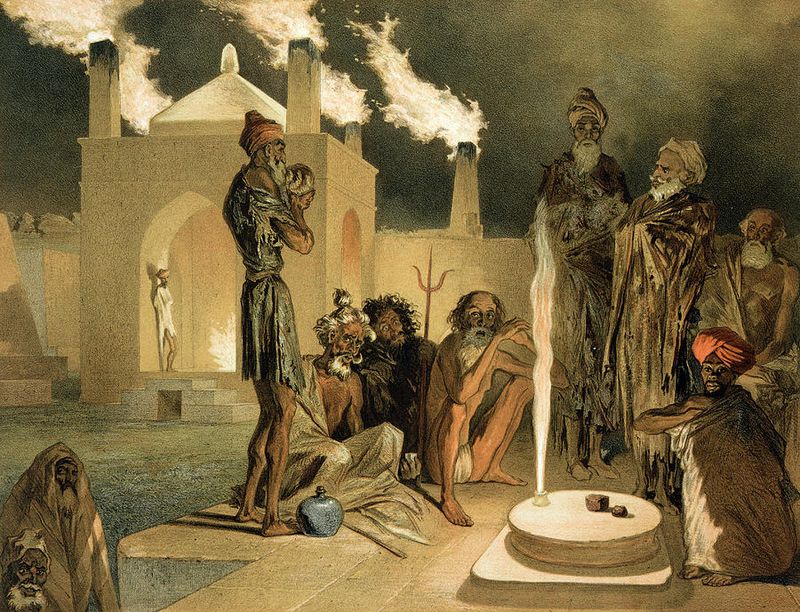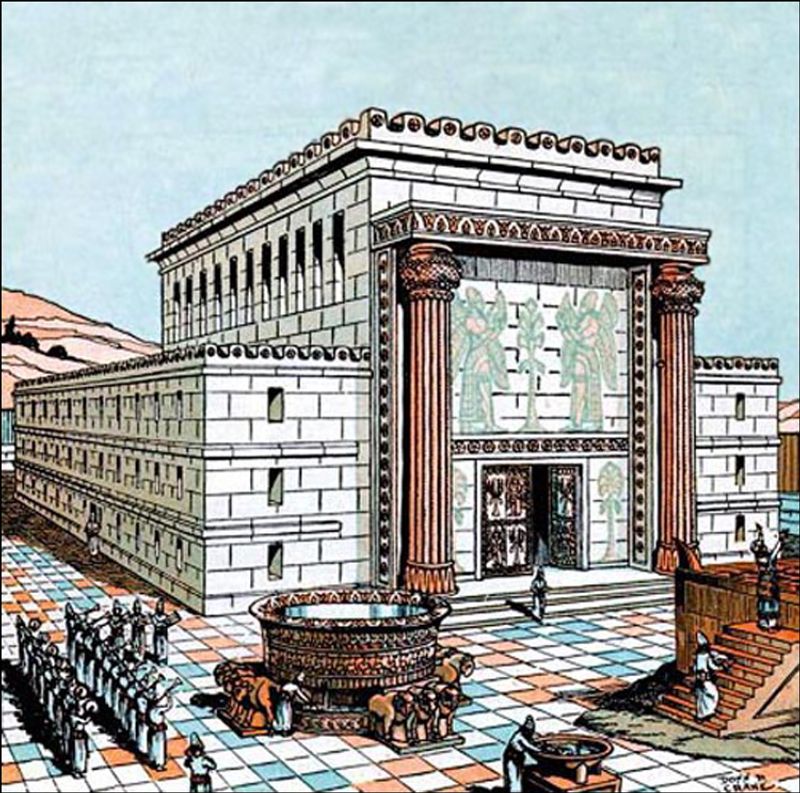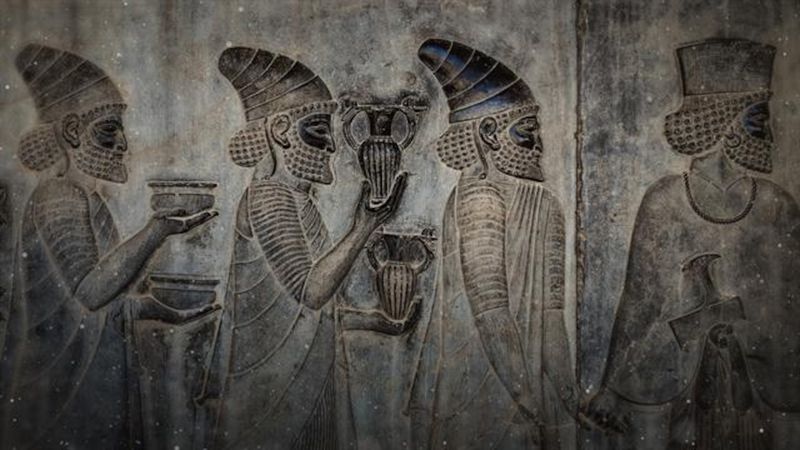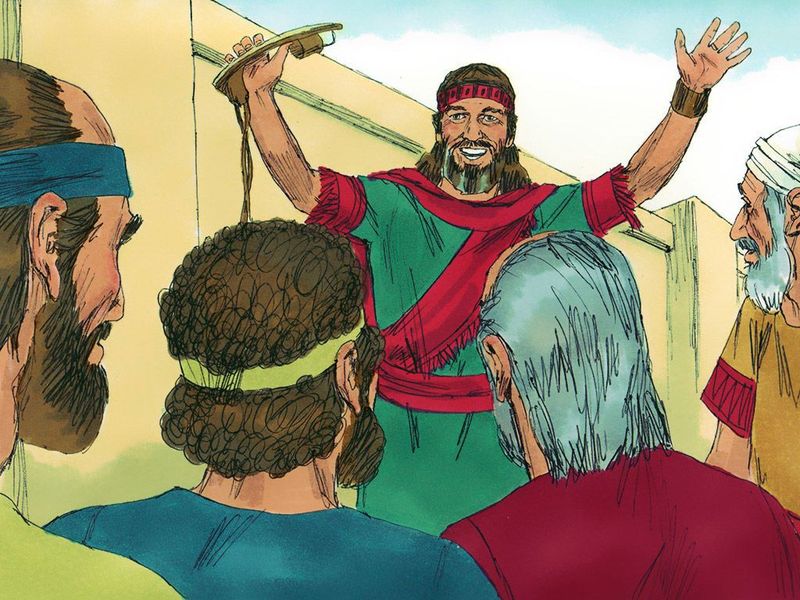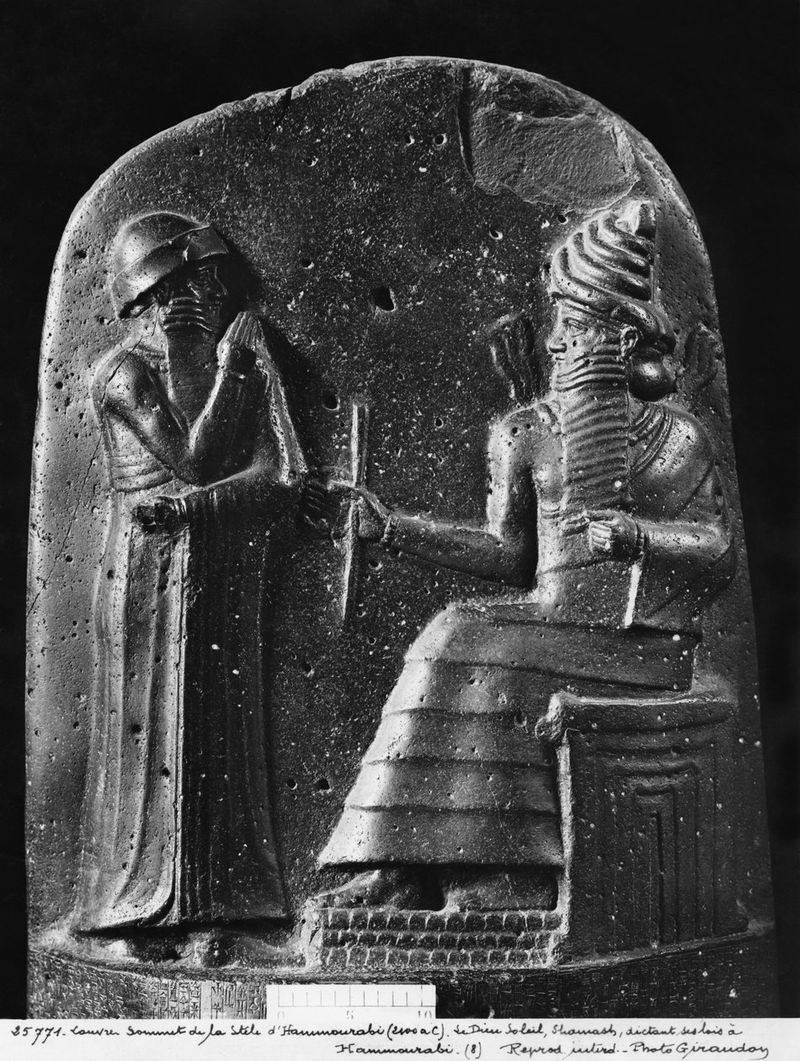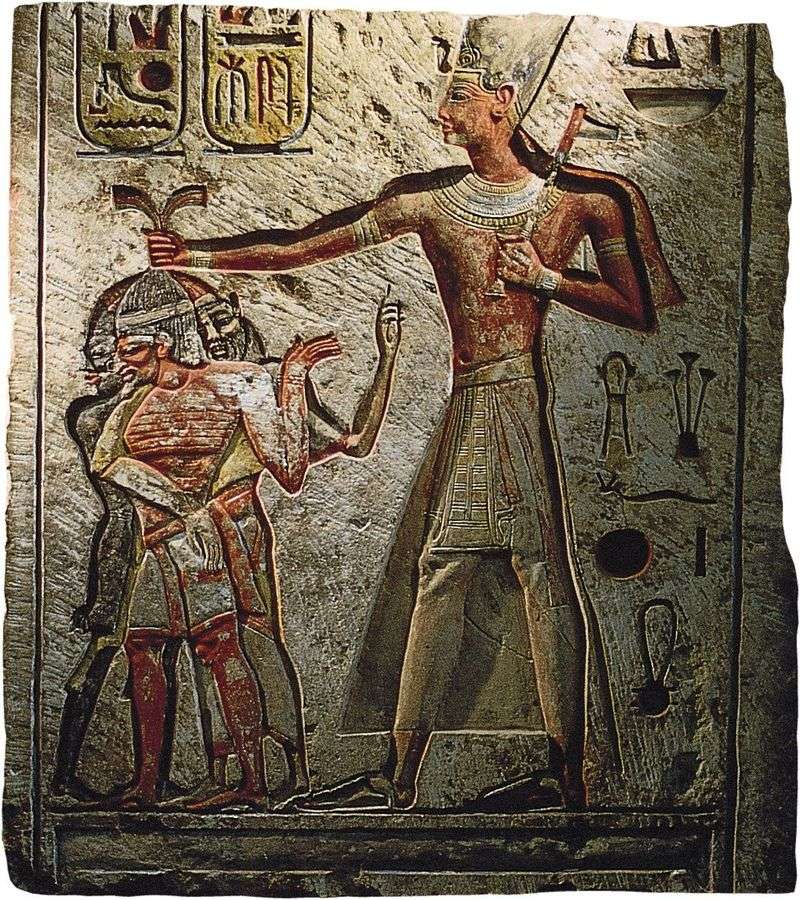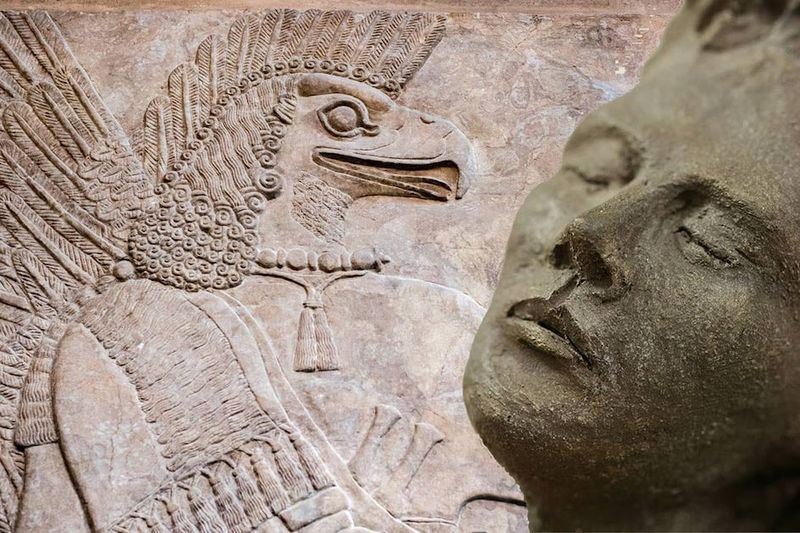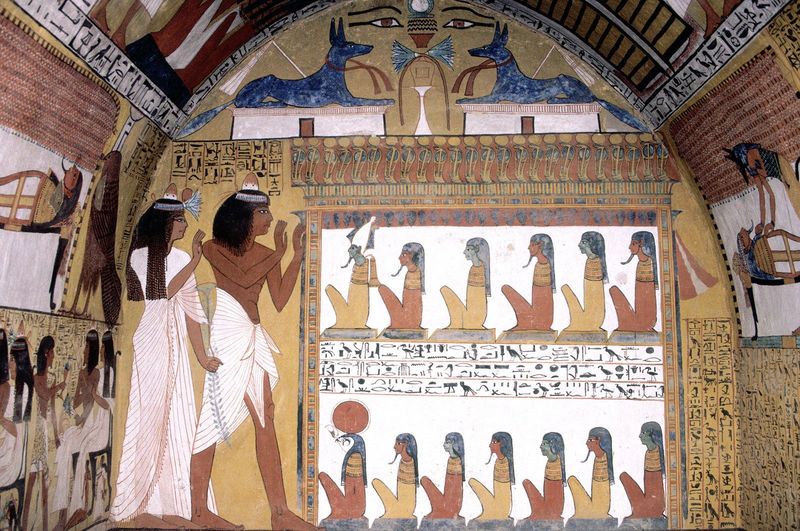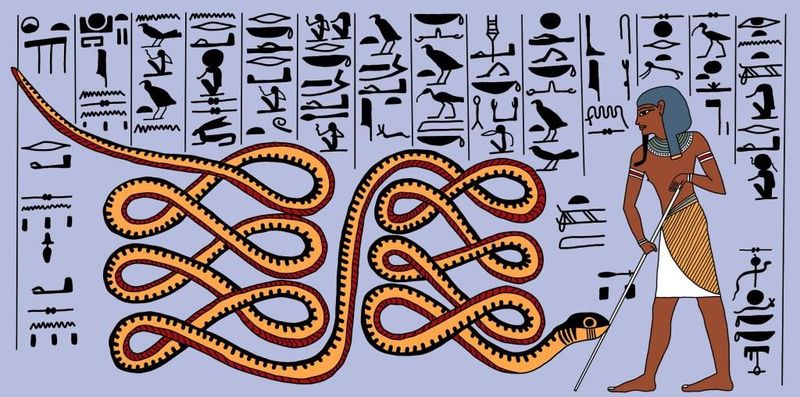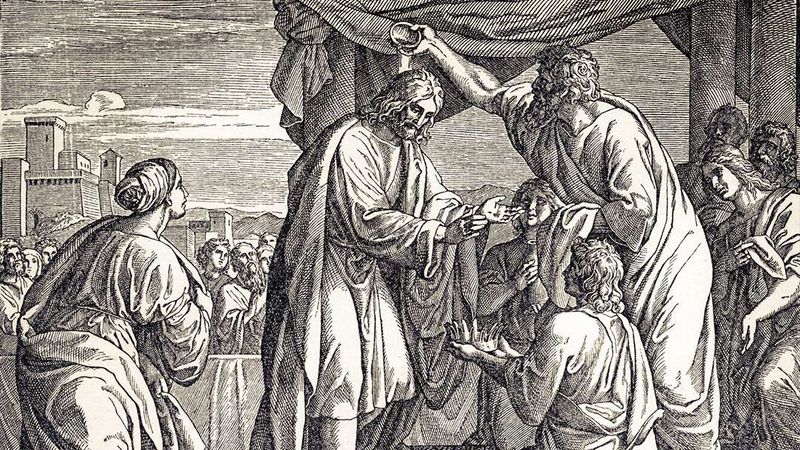The Bible, a sacred text for millions, contains stories and traditions that many assume are uniquely its own. However, a closer examination reveals that several of these narratives and customs have roots that trace back to ancient cultures predating the biblical era. These shared traditions reveal a fascinating blend of myth, religion, and cultural exchange, highlighting the interconnectedness of early human civilizations. Discovering these parallels offers a richer understanding of the Bible’s context and the enduring legacy of ancient wisdom.
1. The Great Flood Story
In the annals of human civilization, flood myths are a recurring theme. The tale of a great deluge isn’t exclusive to the Bible. Both the Epic of Gilgamesh and the Genesis account chronicle such an event. Mesopotamian legend speaks of Utnapishtim, a man chosen to survive the flood that cleansed humanity. His story predates Noah’s by centuries.
Why such widespread storytelling of floods? Perhaps these myths arose from real, catastrophic flooding events experienced by ancient societies. The shared narrative underscores humanity’s ongoing battle with nature.
2. The Creation Story
The question of our origins captivates the human imagination. The Book of Genesis provides a creation account familiar to many. Yet, the Babylonian Enuma Elish tells a parallel tale. Marduk, a powerful deity, battles chaos to form the cosmos.
These stories, though distinct, emphasize order emerging from disorder. Ancient cultures sought to explain the universe’s inception. These creation myths, rich in symbolic meaning, reflect humanity’s desire to understand existence. Their similarities highlight the shared human quest to unravel life’s mysteries.
3. Garden of Eden
The idyllic Garden of Eden, a symbol of paradise, finds echoes in older Mesopotamian myths. Sacred groves, divine trees, and godly caretakers appear in these narratives. Such gardens symbolized abundance and divine favor.
These early stories influenced the biblical depiction of Eden. They reflect a universal longing for a lost utopia. In these tales, gardens were places where earth and heaven met, embodying serenity and divinity. Their lush imagery tantalizes the imagination, inviting reflection on humanity’s relationship with nature and the divine.
4. Tower of Babel
The Tower of Babel narrative, with its grand ambition and divine intervention, mirrors the towering ziggurats of ancient Babylon. These structures, built as temples, aimed to bridge earth and sky.
The story critiques human pride and the desire to reach divine status. Through language confusion, it underscores the limits placed on human hubris. Ancient builders aspired to touch the heavens, but their efforts were thwarted. This tale serves as a poignant reminder of humanity’s aspirations and the divine boundaries they encounter.
5. Circumcision
Circumcision, a rite often associated with the Hebrew covenant, traces back to ancient Egypt. It symbolized purity and was practiced long before becoming a biblical tradition. Egyptian priesthood often underwent this rite.
As cultures exchanged ideas, circumcision found its place within Hebrew customs. This ritual, marking a covenant with the divine, highlights shared ancient beliefs about purity and commitment. Such practices reflect the intersections of faith, identity, and cultural exchange, revealing how traditions evolve over time and across societies.
6. Angels and Divine Messengers
The celestial imagery of angels is a captivating study in cultural exchange. Assyrian and Persian art often depicted winged beings, akin to biblical angels. These figures acted as messengers or guardians, bridging the divine and mortal realms.
Their presence in multiple cultures suggests a shared spiritual symbolism. Winged messengers embody the human yearning for connection with the divine. These representations, adorned in artistic detail, continue to inspire the imagination, highlighting the universal pursuit to understand and depict the transcendent.
7. Ten Commandments
Laws govern societies, shaping behavior and morality. The Ten Commandments, central to biblical law, share principles with Babylon’s Code of Hammurabi. Both sets of laws addressed justice, morality, and societal order.
The similarities reflect a shared legal tradition across ancient cultures. These codes reveal insights into human notions of right and wrong. Ancient lawmakers endeavored to create harmonious societies. The enduring legacy of these laws attests to their foundational role in guiding human conduct, highlighting the universality of moral inquiry.
8. The Sabbath
The concept of rest, embodied in the Sabbath, resonates across time and culture. Ancient Babylonians observed rest days, offering parallels to biblical Sabbath traditions. These rest periods recognized the need for balance and rejuvenation.
The idea of divine rest underscores humanity’s relationship with work and leisure. Shared across cultures, this tradition reflects the universal understanding of life’s rhythm. Such practices highlight what binds us in human experience, offering insights into ancient wisdom that continues to influence contemporary life.
9. Animal Sacrifices
Sacrificial rites have deep roots across civilizations. The biblical tradition of animal sacrifice parallels those found in Canaanite and Egyptian customs. Such rituals sought atonement and divine favor.
Sacrifices symbolized devotion and reverence. Ancient cultures offered their best to appease the gods and seek blessings. This practice reflects universal themes of worship and the human desire to connect with the divine. Over time, these rituals evolved, but their core significance in religious observance endures, echoing the ancient quest for spiritual communion.
10. The Ark of the Covenant
The Ark of the Covenant, a sacred biblical artifact, finds antecedents in Egyptian and Mesopotamian religious traditions. These cultures housed divine presence in sacred boxes, symbolizing power and protection.
The ark symbolized a covenant, embodying divine connection and authority. Such sacred objects were revered, playing central roles in religious life. These parallels reveal shared spiritual concepts across ancient societies, emphasizing the significance of sacred symbols in human belief systems. The mystery and reverence surrounding these artifacts continue to captivate the faithful.
11. Ritual Purity Laws
Purity laws, integral to Hebrew tradition, mirror those in Zoroastrian and Egyptian customs. These rules emphasized cleanliness, diet, and ritual purity, reflecting a shared concern for spiritual sanctity.
Such laws dictated daily life and religious practice, illustrating the importance of purity in connecting with the divine. These traditions highlight the interplay between physical and spiritual cleanliness. Across cultures, ritual purity underscored the quest for holiness, providing insights into human efforts to embody spiritual ideals and maintain cosmic order through disciplined living.
12. Temple Design
The grandeur of Solomon’s Temple reflects influences from Phoenician and Mesopotamian architecture. These ancient styles shaped its design, religious layout, and aesthetic appeal.
Temples served as sacred spaces bridging humanity and the divine. Architectural elements symbolized spiritual ideals. Ancient builders infused their temples with artistic and cultural values. These designs represent the melding of form and function, illustrating an enduring legacy of architectural innovation and spiritual expression. The blending of styles showcases the cross-cultural exchange that enriched religious structures.
13. Fasting and Mourning Rituals
Fasting and mourning, practices integral to many cultures, find resonance in biblical tradition. Ancient Mesopotamians and Canaanites engaged in these rituals to express sorrow and seek spiritual reflection.
These acts of devotion and humility symbolize humanity’s response to loss and longing for divine guidance. Such traditions reflect broader human experiences of grief and renewal. They offer a poignant glimpse into ancient rituals that continue to shape spiritual practices today, highlighting the enduring human quest for connection and healing in times of sorrow.
14. Levirate Marriage
Levirate marriage, a biblical practice, existed in Hittite and Mesopotamian cultures long before. This custom ensured lineage continuity, providing social stability and familial support.
In marrying a deceased brother’s widow, families preserved inheritance and honor. Such practices underscore the social importance of family bonds and responsibilities. By examining these traditions, we gain insights into the dynamics of ancient familial structures, shedding light on how cultures navigated life’s complexities through established customs and communal commitments.
15. Tithing
The tradition of tithing, giving a portion of one’s earnings to deities or temples, has roots in Babylonian and Egyptian cultures. It symbolized devotion and communal support, sustaining religious institutions.
Tithing embodied the collective responsibility to uphold spiritual and societal welfare. By sharing resources, ancient communities reinforced their bond with the divine. This tradition reflects the enduring human value of generosity and the desire to contribute to greater spiritual endeavors, illustrating the interplay between material wealth and spiritual growth.
16. Divine Kingship
The concept of divine kingship, prevalent in Mesopotamian and Egyptian ideology, inspired biblical narratives of rulers chosen by divine mandate. Kingship represented authority bestowed by the gods.
These leaders embodied divine will, serving as earthly representatives of celestial power. The notion of divine kingship underscores the relationship between divinity and governance, exploring the fusion of religious and political realms. By examining these traditions, we understand how ancient societies integrated spirituality into leadership, shaping their understanding of power and responsibility.
17. Priestly Garments
The ornate garments of high priests in biblical tradition echo those found in Egyptian and Mesopotamian religious wear. Such attire symbolized sacred authority and ritual purity.
These garments, rich with symbolism, represented the priest’s role as a mediator between the divine and humanity. They embodied spiritual ideals, crafted with care and reverence. By studying these influences, we appreciate the shared heritage of religious symbolism, illustrating how ancient cultures expressed their spirituality through ceremonial dress and conveyed the sanctity of religious duties.
18. Dreams and Divination
Dreams have long served as vessels of divine insight. In Babylonian and Egyptian cultures, dream interpretation was an esteemed art, believed to convey messages from the gods.
Such practices reveal a shared belief in the spiritual significance of dreams. The interpretation offered guidance and reflection, bridging the earthly and celestial realms. These traditions continue to fascinate, inviting exploration into the mysterious ways through which humans seek understanding and connection with the divine, highlighting the enduring allure of dream symbolism.
19. Resurrection Beliefs
The belief in resurrection and the afterlife, while prominent in biblical tradition, shares themes with Zoroastrian and Egyptian beliefs. These cultures envisioned a judgment day and eternal life.
Such concepts reflect the human fascination with mortality and the hope for renewal. They underscore the quest for understanding life beyond death, offering solace and purpose. By exploring these beliefs, we uncover the universal desire for continuity and transcendence, illustrating the profound ways in which ancient cultures approached the mysteries of existence.
20. Serpent Symbolism
The serpent, both feared and revered, plays significant roles in biblical and ancient mythology. In Mesopotamian and Egyptian tales, serpents symbolized wisdom and chaos.
This duality captures the complex nature of serpents in cultural symbolism. Their presence in myths reveals humanity’s fascination with creatures embodying both danger and enlightenment. By examining these narratives, we uncover the multilayered interpretations of serpents, reflecting broader themes of knowledge, power, and transformation across diverse ancient traditions.
21. Anointing with Oil
Anointing with oil, a ritual enhancing sacredness, spans various ancient cultures. Initially seen in ancient Egypt, this practice symbolized divine approval and protection. Imagine a king being anointed, his head glistening under sacred oils, marking a divine connection.
In the Bible, this tradition continues, highlighting moments of consecration and favor. The fragrant oils, often mixed with spices, signify holiness and chosen status. This sacred ritual persists across time and cultures, carrying a rich tapestry of meaning.
Did you know? Anointing was also used in ancient Greece and Rome as part of their ceremonial practices.
